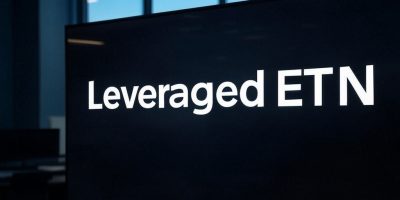We evaluate the performance of two new clusters implemented in DLPAL LS for feature generation. We find that the new clusters can lead to increased performance. Especially one of these new clusters appears quite promising.
DLPAL LS is a software program that calculates a set of features for use with fixed and machine learning strategies. The features, also known as predictors or attributes, are based on a unique indicator of price action and can be used to develop long/short but also directional strategies. For more information click here.
Below is a screenshot of the tool that generates the features.
The program will calculate feature files with a desired number of instances provided there is enough history in the input data files. Normally we recommend at least 7 years of history before the first calculation date. The program appends the futures at the end of each instance in the original data file. The program can update the feature files as new data come in and also create train and score files for machine learning.
The two new clusters are called Dynamic and Conservative and come in addition to Normal and Aggressive clusters offered before. Below is a table that lists all clusters with their number of sub-clusters:
| Cluster | Sub-clusters |
| Aggressive (AGR) | 5 |
| Dynamic (DYN) | 7 |
| Normal (NOR) | 10 |
| Conservative (CON) | 15 |
We tested all clusters with the DOW 30 group and with data from 01/03/2000 to 11/06/2017. The feature calculation started on 01/03/2007 for a total of 2711 instances per stock historical data file. Then we backtested four strategies:
- LSRMN: Long/short rotation market neutral based on P-delta*Significance score
- LSRNMN: Long/short based on P-delta*Significance score (not market neutral)
- LSSNB: Long/short strategy based on long entry if P-delta*Significance > 0 and short if P-delta*Significance < 0 (not market neutral)
- LSSB: Long/short strategy based on long entry if P-delta*Significance > 10 and short if P-delta*Significance < 10 (not market neutral)
For the above strategies and securities group, we found evidence of outperformance of the Conservative cluster based on Sharpe ratio. Below is a table of results:
| Strategy | AGR | DYN | NOR | CON |
| LSRMN | 0.62 | 0.70 | 0.99 | 0.95 |
| LSRNMN | 0.65 | 0.91 | 0.95 | 1.06 |
| LSSNB | 0.62 | 0.50 | 0.93 | 1.01 |
| LSSB | 0.66 | 0.84 | 0.97 | 1.06 |
It may be seen that the Conservative cluster (CON) shows better Sharpe performance in three out of the four strategies. The next best cluster is Normal (NOR) with four out of four when the Conservative cluster is excluded. Dynamic (DYN) is better than Aggressive (AGR) in three out of four strategies but with no instances of outperforming Normal (NOR) or Conservative (CON).
Nest, we tested long-only variations of the above strategies except LSRMN that is long/short necessarily. Below are the Sharpe ratio results:
| Strategy | AGR | DYN | NOR | CON |
| LSRNMN | 0.71 | 0.77 | 0.79 | 0.83 |
| LSSNB | 0.68 | 0.76 | 0.78 | 0.82 |
| LSSB | 0.68 | 0.76 | 0.77 | 0.81 |
In this case CON outperforms all other clusters. NOR comes second but there is little difference from DYN, which us faster to calculate. AGR lags behind all other three.
Note that we did not include any commission in the above results to avoid distortions from different number of trades. Our goal was to evaluate cluster performance, not to develop strategies.
The conclusion is that the new clusters offer some advantages. Specifically, the Conservative cluster shows better performance and the faster Dynamic cluster shows good results for long-only strategies although the Conservative outperforms all.
We have also received positive feedback from a user of the program that confirms our initial results.
———————
Hedge funds can receive a free fully functional demo of DLPAL LS valid for one month. For more details and information on how to order a demo click here.
Please read our Disclaimer and Terms and Conditions before ordering a demo or full version of DLPAL LS.







